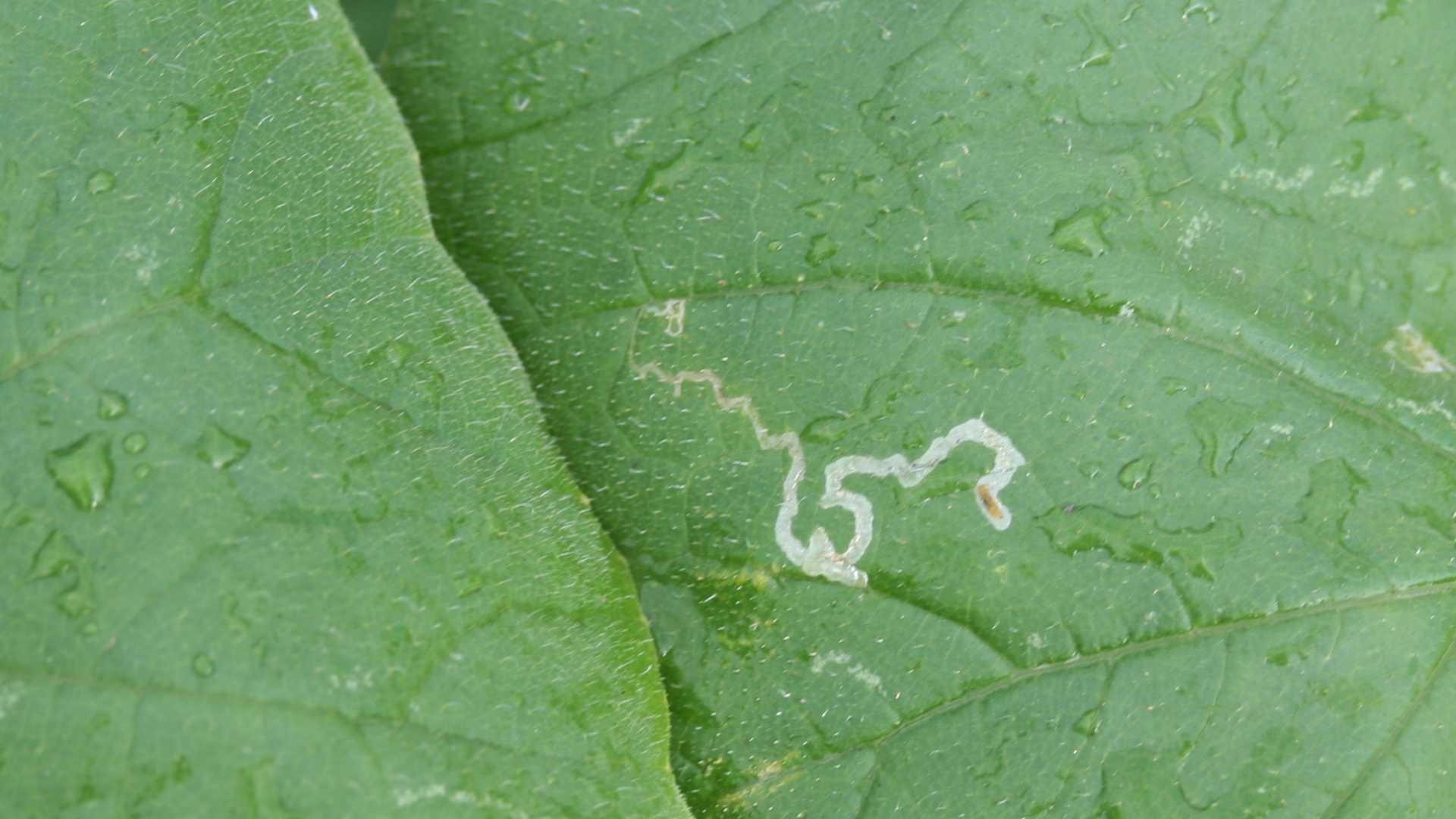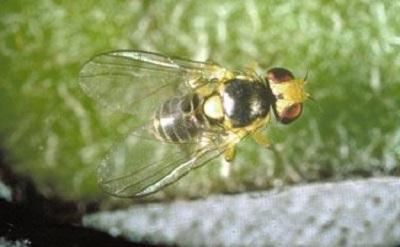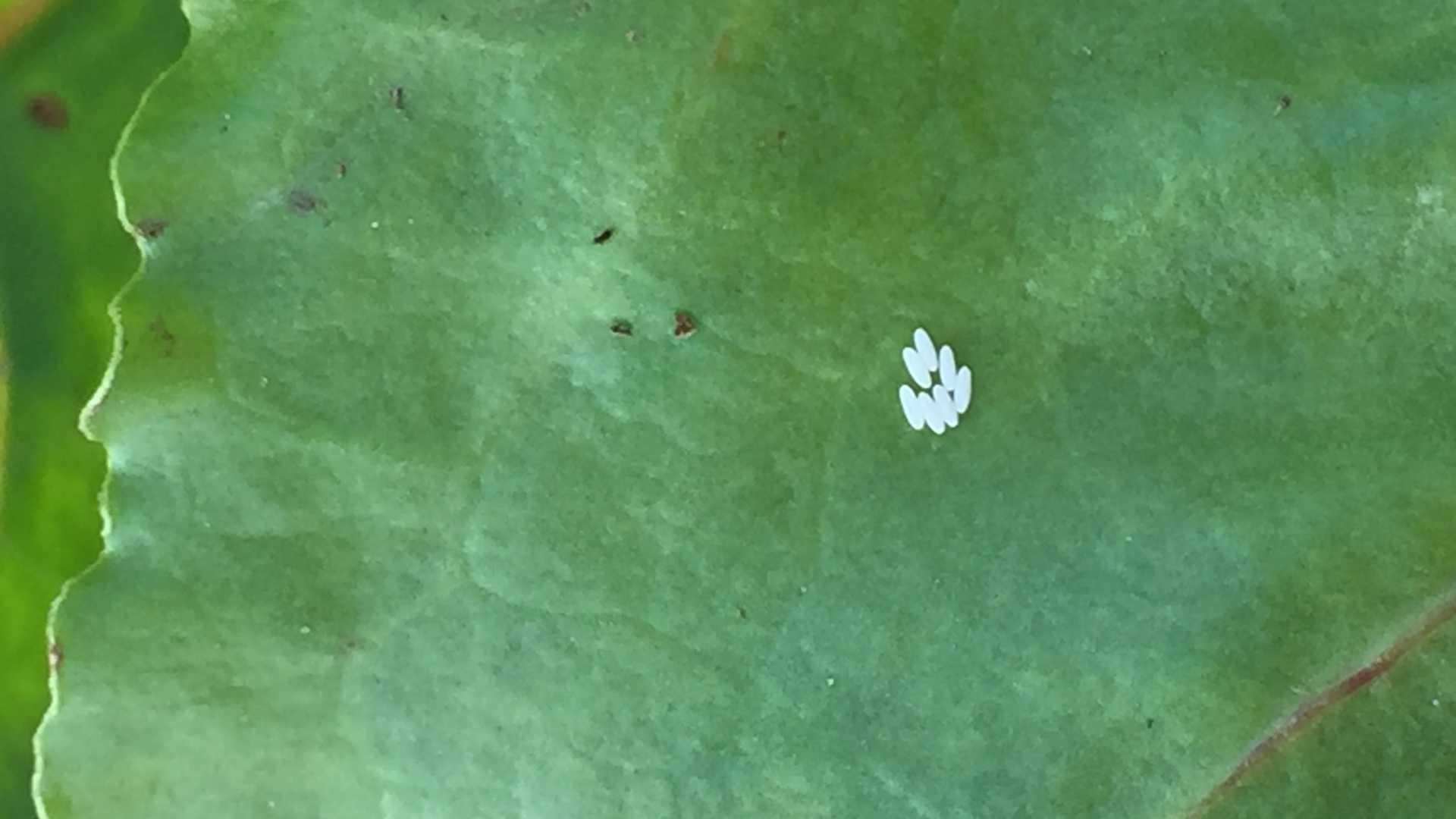Leafminers are insects (flies) that feed between the surfaces of leaves during their juvenile (larval) stage of life. Spinach and beet leafminer (Pegomya hyoscyami and P. beta), vegetable leafminer (Liriomyza sativae), and American serpentine learfminer (Liriomyza trifolii) are commonly found in vegetable gardens. Allium (onion) leafminer (Phytomyza gymnostoma) has become more common in home gardens since it was first detected in Maryland in 2017. Leaf miners are considered minor pests, but heavy infestations of leafminers can reduce vegetable quality and yield.
Symptoms and signs of leafminers
- Leafminers produce wavy lines, tunnels, trails, mines, or blotches just under the surface of leaves and soft stems. These markings usually appear white, gray, or paler in color compared to healthy leaf tissue.
- Allium Leafminers produce white spots in a straight line on leaves of onions, garlic, leeks, and chives.
- Worm-like larvae and frass (excrement) sometimes may be visible inside of the tunnels or blotches.




